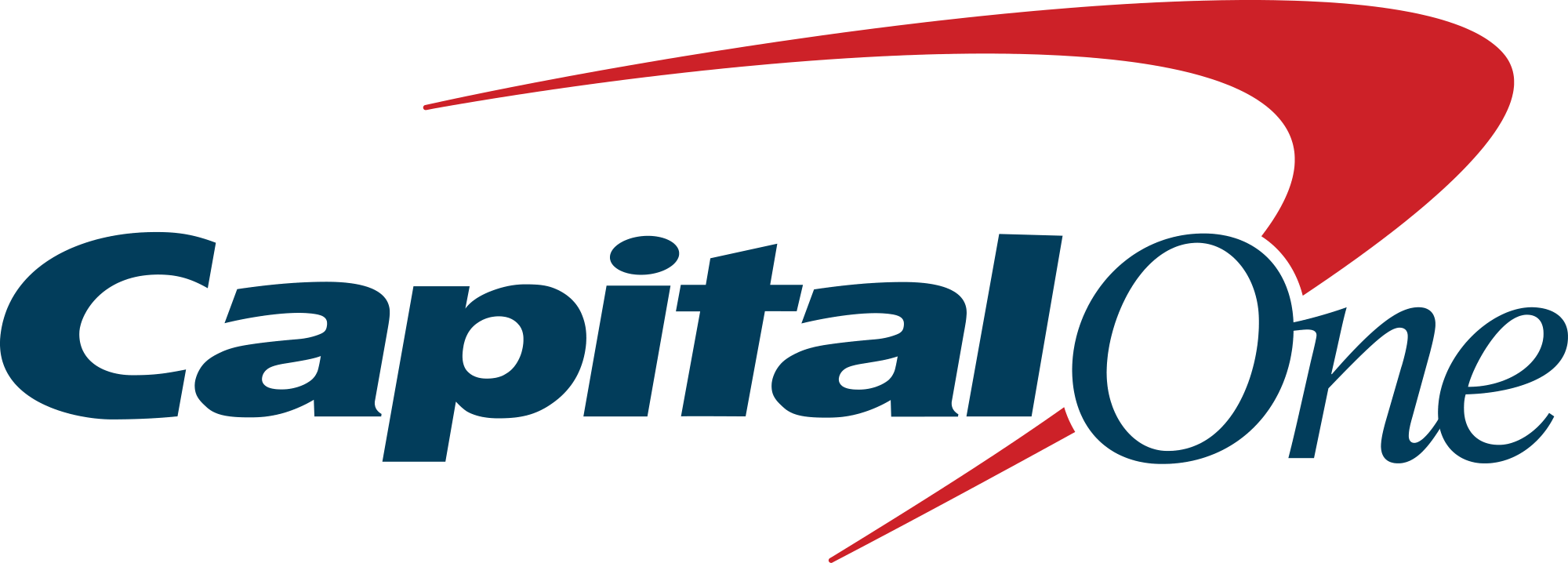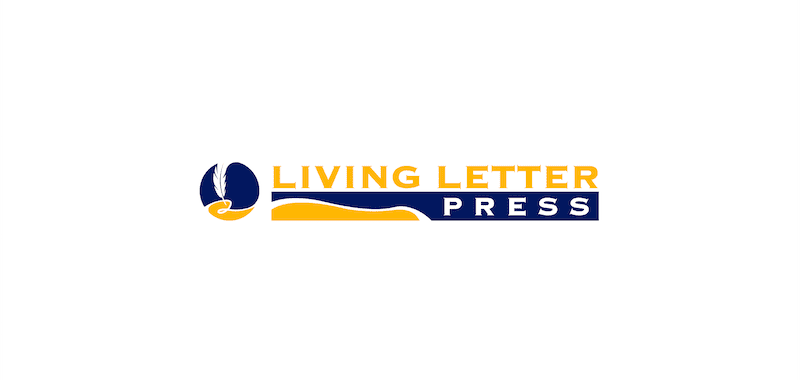Since the Federal Reserve Board started dropping the federal funds rate, other rates have been slowly creeping downward, too. That includes rates for high-yield savings accounts. Once over 5%, the rates on the best high-yield savings accounts (HYSAs) are now around 4% or lower, which means it’s time to re-evaluate where you put your money.
So, what are your best bets right now? I’m so glad you asked.
1. Certificates of deposit
Rates for certificates of deposits (CDs) have also dropped with falling rates, but I’m convinced they’re still better investments than HYSAs. Why? Well, for starters, once you buy one, the rate can’t fall any further — that’s it, it’s a done deal and a locked-in rate.
CD rates are currently running from 4.27% on average for a 12-month CD to 4.15% for a 60-month CD, according to the Federal Reserve Bank of St. Louis. That’s admittedly less than what some HYSAs will yield today, but my concern is what a HYSA will yield tomorrow. That’s the kick in the pants, because those rates aren’t guaranteed.
Our Picks for the Best High-Yield Savings Accounts of 2024
|
American Express® High Yield Savings Member FDIC. APY 3.90%
Rate info
Member FDIC.
|
3.90%
Rate info |
$0 |
|

Capital One 360 Performance Savings Member FDIC. APY 3.80%
Rate info
Member FDIC.
|
3.80%
Rate info |
$0 |
|

Western Alliance Bank High-Yield Savings Premier Member FDIC. APY 4.46%
Rate info Min. to earn $500 to open, $0.01 for max APY
Member FDIC.
|
4.46%
Rate info |
$500 to open, $0.01 for max APY |
Looking for CDs? Take a look at this list of the best CD rates on the market, many with no minimum deposit.
2. Treasury notes and bonds
CDs are incredibly safe savings vehicles, but they don’t exactly have the best interest rates in the world. When rates are dropping, they look great. But if you’re willing to take a very small amount of risk, there’s another option for investing that may reward you better: Treasury notes and bonds.
Treasury notes and bonds are the same thing, essentially, but the length of time it takes your instrument to mature will vary. Notes mature between two and 10 years, and bonds between 20 and 30 years. So, the best choice for you will be based on your investment timeline. They all have fixed interest rates and can be resold on the secondary bond market prior to maturity, if there’s a buyer.
As of Dec. 4, 2024, 10-year Treasury notes yield a 4.25% interest rate, 20-year Treasury bonds yield 4.625% and 30-year Treasury bonds yield 4.5%. On top of having better interest rates than CDs do, Treasury notes and bonds are generally purchased at a discount to their face value. For example, right now, the current 30-year bond issue is going for $98.25 for a face value of $100 — an additional 1.75% premium if you hold it to maturity.
3. Index funds
You’ll need a brokerage account to access index funds and their more narrowly focused counterparts, exchange-traded funds (ETFs). Both track a basket of stocks with particular characteristics.
For example, you might choose an ETF of just American companies that are building the green energy future. Index funds are a lot less specific, tracking stock indexes instead of more specific stock characteristics.
Investco’s QQQ Trust, for example, tracks the NASDAQ-100, and Vanguard’s S&P 500 ETF, stock ticker VOO, tracks the S&P 500. This doesn’t mean that they hold a share of each stock in each index, necessarily, but that they hold representative stocks that give the funds similar outcomes as if you had invested in the whole index.
There’s much more risk involved with index funds than CDs or bonds and notes, though they’re less risky than picking individual stocks. But the return can also be substantial. Right now, QQQ has seen a 159.8% growth in the last five years; VOO has grown 96.5% in that same period.
If you’re interested in investing in index funds or ETFs, start by choosing a quality brokerage account. We maintain a list of our favorite brokerages here.
Where is the best place to put your money today?
Investments, like opinions, are highly individualized and based on your own perceptions and life experiences. But if I had spare cash I didn’t need right now, I’d be moving it away from a HYSA as quickly as possible.
Before choosing CDs or bonds or notes, you’ll want to be sure you can leave the money invested for the long term, since there can be costs associated with divesting, but index funds are a bit more liquid if you’re not sure how long you can let your money work for you.

